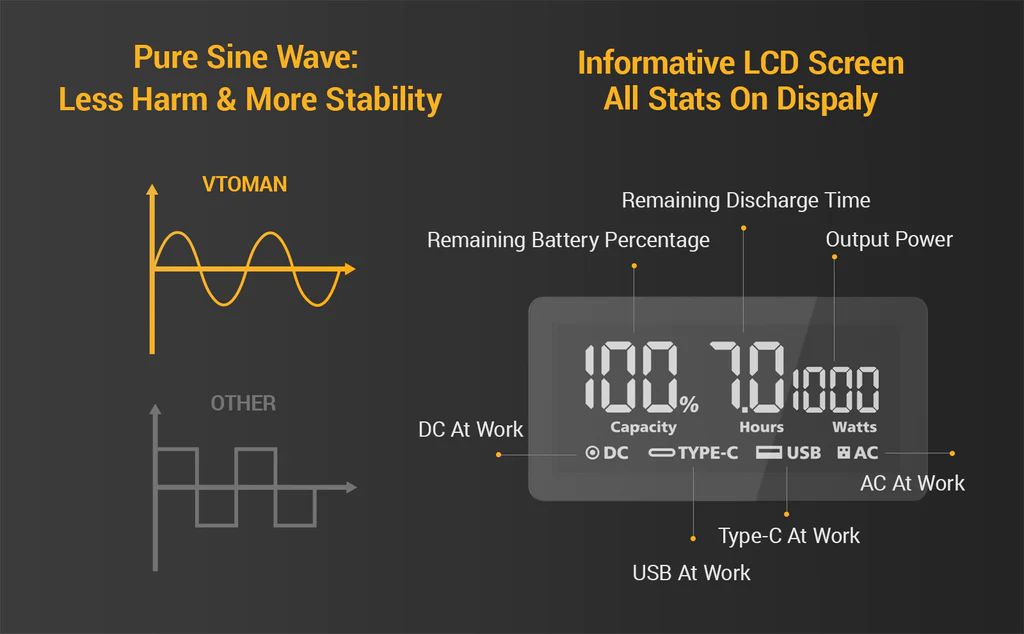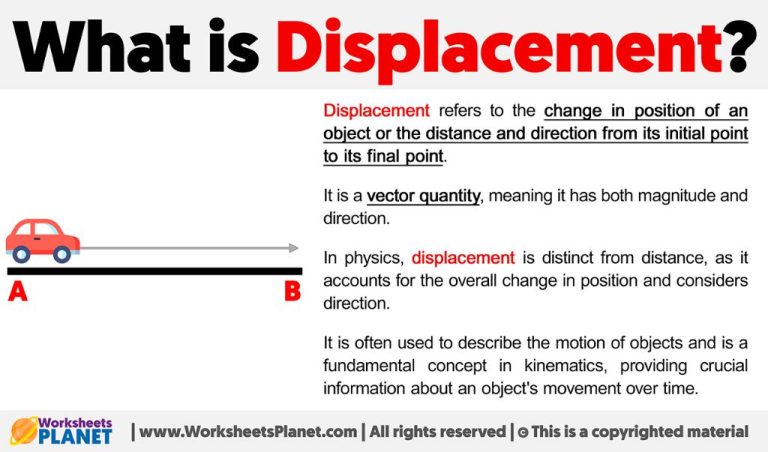How Long Will A 200W Power Station Last?
What is a 200W Power Station?
A 200W power station is a portable, lithium battery-powered generator that can provide electricity for small appliances and devices when regular AC power is not available. These compact power stations typically weigh 10-15 pounds and feature multiple USB charging ports, 12V DC car charging outlets, standard three-prong AC outlets, and sometimes even wireless charging pads.
With a power output of 200 watts, these portable generators have enough capacity to charge phones, tablets, small medical devices like CPAP machines, and run things like mini refrigerators, laptops, fans, string lights and other accessories when camping or during a power outage. The battery capacity on 200W models ranges from about 150Wh to 300Wh, which translates to several hours of runtime depending on the items being powered.
Key features that make 200W power stations so handy for travel, emergencies, or outdoor recreation include their lightweight, compact size, multiple charging methods, and easy recharging from a wall outlet, car, or portable solar panel.
Power Draw Factors
To determine the runtime of a 200W power station, you first need to understand the power draw requirements for the devices you plan to use. Power draw refers to how much wattage a device requires to operate. This can vary significantly between different electronics and appliances.
Some examples of typical power draws:
- Smartphone charging – 5-10W
- Laptop charging – 45-60W
- Electric shaver charging – 15-20W
- LED light bulb – 5-8W
- Small refrigerator – 100W
- Electric grill – 1000-1800W

As you can see, power draw ranges from just a few watts for charging small devices up to several thousand watts for appliances like electric grills. It’s important to have a general idea of your intended usage and total power draw to determine if a 200W station meets your energy needs.
Adding up the wattage requirements of the items you plan to power can help ensure your power station has adequate capacity and estimated runtime. A 200W station powers lower draw items like lights and phones for longer, but can only handle a limited number of high-draw appliances. Assessing your power needs ahead of time is key to choosing the right capacity power station.
Power Station Capacity
A typical 200W power station will have a battery capacity ranging from 20,000mAh to 50,000mAh. The milliamp hours (mAh) rating indicates how much energy the battery can deliver over time. Higher capacity batteries can power devices for longer periods before needing to be recharged.
With a 20,000mAh battery, you can expect around 5-15 hours of runtime powering small devices like phones, tablets or lights. A 50,000mAh capacity should give 12-30 hours or more for those devices. For larger appliances like mini fridges that draw more wattage, the runtime will be reduced significantly. But with 200 watts of power output, a 50,000mAh station can still give you several hours of power for items like CPAP machines or small TVs.
So in general, the higher the mAh capacity, the longer a 200W power station will last on a single charge. But the actual runtime depends on your specific power demands. Lower capacity models work well for keeping small tech charged and powered during outages. Higher capacities provide more versatility for running a range of devices and appliances for extended periods.
Usage Time Estimates
The 200W power station battery can provide power for phones, laptops, LED lights, small appliances and other devices intermittently for 1-3 days depending on use. For continuous power, runtimes are shorter but most 200W models can still provide:
- 12+ hours of power for a laptop
- Multiple full charges for smartphones and tablets
- 5-8 hours for a LCD TV or CPAP machine
- 2-3 hours for a portable fridge
For intermittent use, turning devices on only when needed, a 200W power station could feasibly power:
- Phone charging for up to 3 days
- Laptop charging extending runtime to 1-2 full days.
- LED lights at night for 2-3 nights.
- Short periods of power for a fan or small appliance.
The key is being strategic to maximize the station’s battery by powering devices only as needed. Continuous, maximum power draw will shorten the runtime considerably compared to intermittent powering on and off.
Recharge Time
How long it takes to recharge your power station from empty depends on whether you are charging via solar or AC power.
Using a standard AC wall outlet, most 200W power stations will take around 8-10 hours to fully recharge from 0% to 100%. However, some models may charge slightly faster or slower depending on battery capacity and input charge rate.
Solar charging times can vary greatly depending on the wattage of the solar panel and strength of the sun. With an ideal 60W foldable solar panel in direct sunlight, expect a full recharge to take 15-20 hours. Cloudy days will lengthen the solar recharge time. Some power stations also support dual charging via AC and solar simultaneously to expedite recharging.
Keep in mind, partial recharges will take less time. For example, replenishing from 50% to 100% may only take 4-5 hours via AC or 8-10 hours solar. The initial time estimates refer to a full 0% to 100% recharge of a fully depleted battery.
Factors That Shorten Runtime
A 200W power station’s runtime can be significantly reduced by environmental conditions and power-hungry devices. Extreme hot or cold temperatures will cause the lithium-ion battery to drain faster. Operating the power station in temperatures below freezing or above 100°F can decrease runtime by 50% or more.
Devices like power tools, blenders, heaters, and mini-fridges draw a lot of power and will quickly deplete a 200W power station’s capacity. Using multiple high-power devices simultaneously can cut the runtime down to just a few hours. Carefully evaluating your intended usage and avoiding surge loads over 200W will help maximize your runtime.
Maintenance and Care
Proper maintenance and care of your power station will help extend its battery life and ensure optimal performance. Here are some tips:
Partial Recharges
Avoid fully draining the battery before each recharge. Partial discharges with frequent recharges are better for lithium-ion battery life. Keep the battery charge level between 30-80% as often as possible.
Storage Conditions
Store the power station in a cool, dry place out of direct sunlight. Avoid exposing it to high temperatures, which accelerate battery degradation. Storing at around room temperature is ideal.
Cleaning
Periodically clean the power station’s air vents and fans with a soft brush or compressed air to prevent overheating. Wipe down the exterior with a dry microfiber cloth to remove any dust or dirt buildup.
Firmware Updates
Check the manufacturer’s website for any new firmware updates and install them to keep your power station working optimally.
Inspect Cables
Make sure all cables and connectors are intact with no frays or damage. Replace any worn cables to maintain solid connections.
Calibrate Readings
To ensure accurate battery level readings, fully charge and then fully deplete the station once every few months. This recalibrates and synchronizes the software.
Sample Usage Scenarios
Here are some estimates for how long a 200W power station could last for common usage scenarios:
Camping
For camping, a 200W power station could power lights, a mini fridge, and charge smartphones and other small devices for about 2-3 days without needing a recharge. Using the power station conservatively and avoiding unnecessary energy drain from devices left plugged in could extend runtime closer to 4-5 days.
Power Outages
During a power outage at home, running essentials like lights, a mini fridge, internet modem and router, and charging phones and laptops, a 200W station could provide about 8-12 hours of power. Turning off unnecessary lights and devices could stretch usage time to 16-24 hours.
Off-Grid Cabin
For an off-grid cabin, a 200W power station could run LED lights, charge small devices, and even occasionally run small appliances like a mini fridge for 1-2 days between recharges. Careful conservation and running the generator or recharging during daylight hours can significantly extend the runtime.
Usage time varies widely depending on the devices powered and the ability to conserve electricity. But in general, for short-term emergency power or off-grid weekend trips, a 200W power station provides a versatile and portable power source.
Comparable Models
There are several portable power stations comparable to a 200W model currently on the market. Here is an overview of some of the most popular options:
Jackery Explorer 160
The Jackery Explorer 160 has a capacity of 167Wh and can produce 150W continuously. At $135, it offers an affordable option for basic power needs during outages or camping trips. The LCD display shows remaining battery life. It charges from a wall outlet in around 8 hours.
Anker Powerhouse 200
With a capacity of 201Wh, the Anker Powerhouse 200 retails for around $250. It includes a variety of ports and can charge most phones over 20 times per charge. The sturdy, portable design makes it suitable for outdoor use. It takes around 7 hours to fully recharge.
Goal Zero Yeti 150
The Goal Zero Yeti 150 has a 146Wh capacity and can output 120W continuously. It costs around $200. Perks include pass-through charging and the ability to link with other Goal Zero units. The rugged build and handles make it ideal for campers. Expect around 10 hours for a full recharge.
Overall, comparable 200W portable power stations range from $135 to $250 depending on capacity, ports, durability, and brand reputation. Those planning extensive off-grid use may want to consider upgrades like solar charging capabilities or larger 300-400W units. But for basic emergency power or short camping trips, 200W models offer a budget-friendly option.
When to Opt for a More Powerful Model
While a 200W power station can cover basic charging and emergency power needs for smaller devices, there are some situations where you may want to consider upgrading to a more powerful 500W+ model:
Powering High-Draw Appliances
If you need to run appliances with motors or heating elements like a mini fridge, blender, coffee maker, or electric blanket, a 200W station likely won’t be able to handle the power draw. A 500W+ model will give you the extra power capacity.
Off-Grid Camping & RVing
For powering amenities and appliances in a camper, RV, trailer, or tent over multiple days off-grid, a more powerful station in the 500W to 1000W range will give you the juice you need.
Emergency Home Backup Power
While designed for portable use, larger power stations can provide basic backup electricity for essential lights, small appliances and electronics in a home during an outage. A 200W station has very limited home backup capacity compared to a 1000W+ model.
Faster Recharge Time
Higher wattage stations recharge significantly faster from AC outlets, car outlets, or solar panels. This gives you more uptime and flexibility when using the station regularly.
Upgrading to a more rugged, high-capacity power station gives you more power output, faster recharge speeds, and the ability to run more high-draw devices – opening up more off-grid power possibilities.




